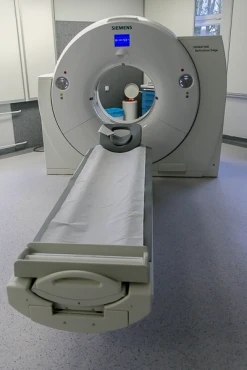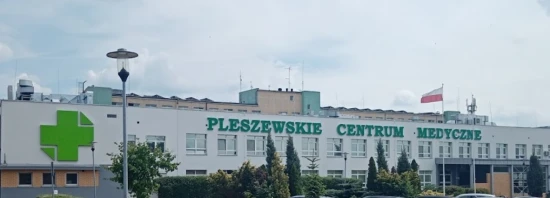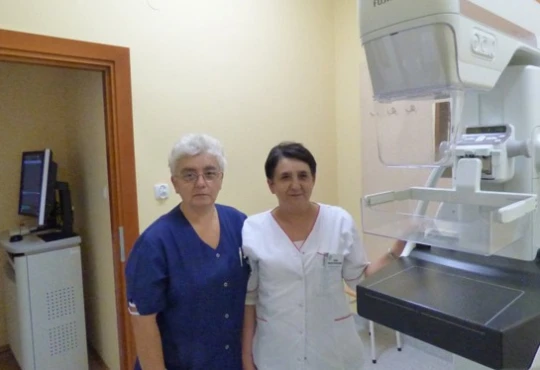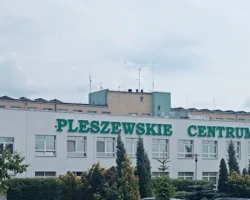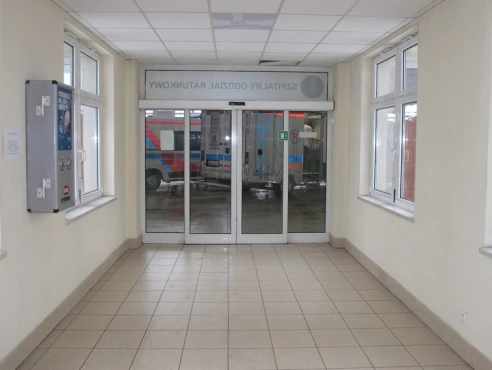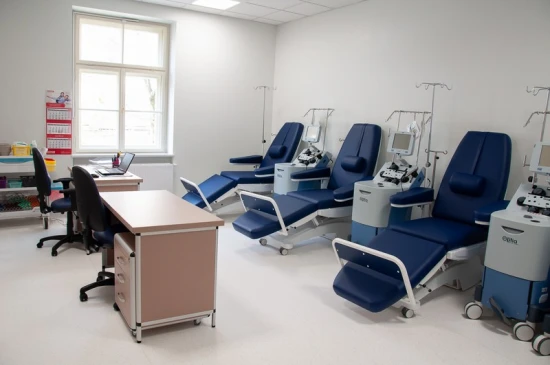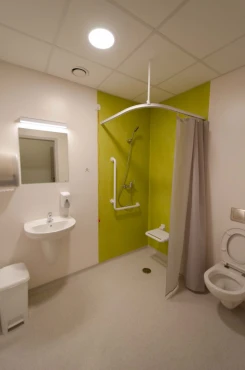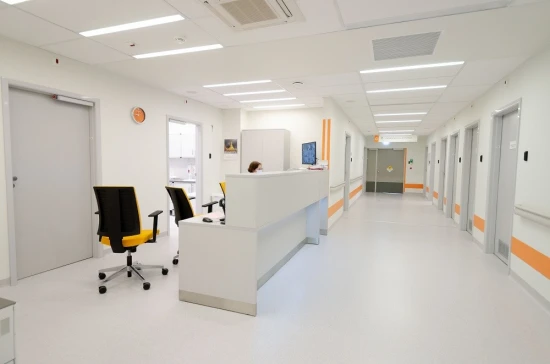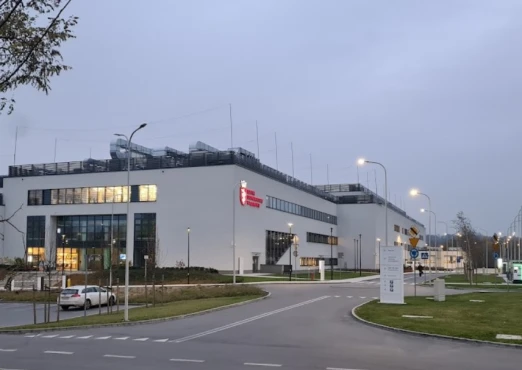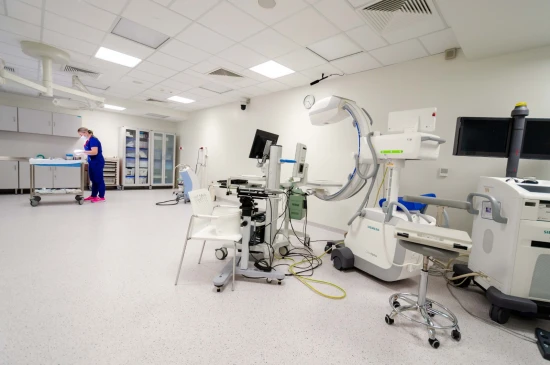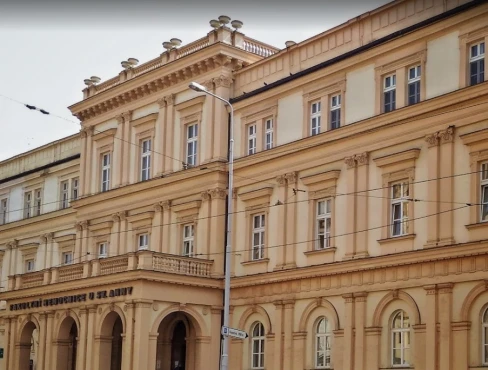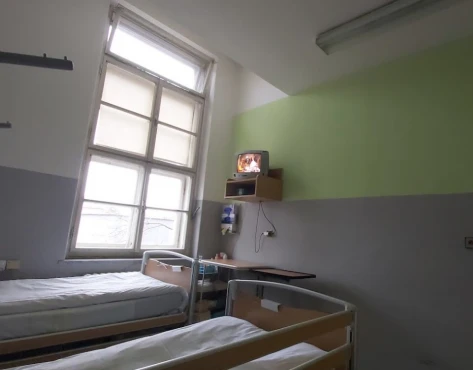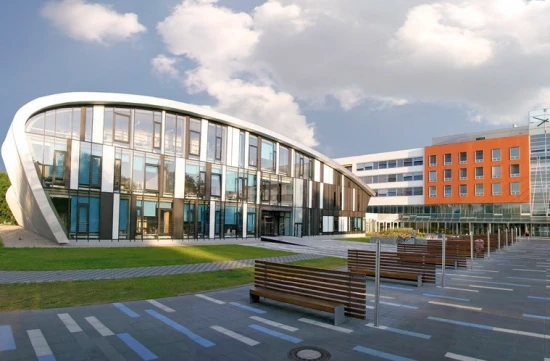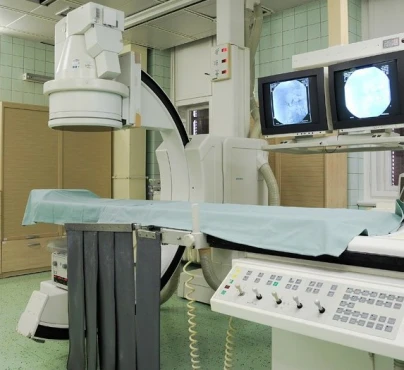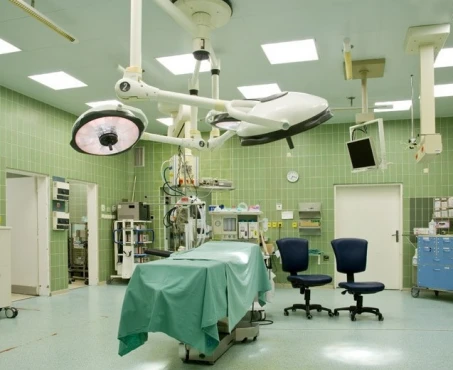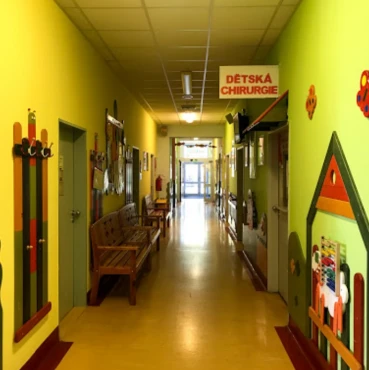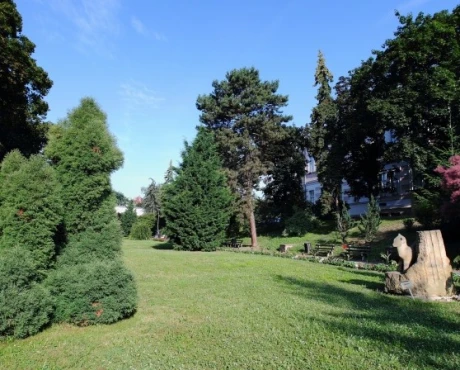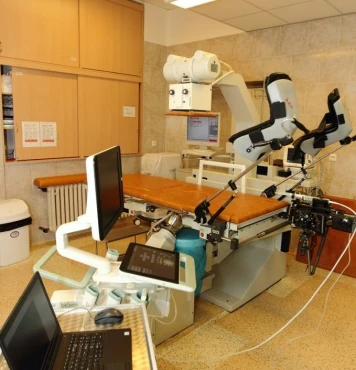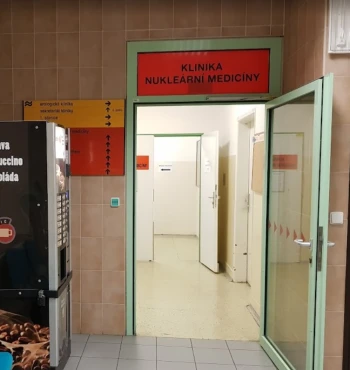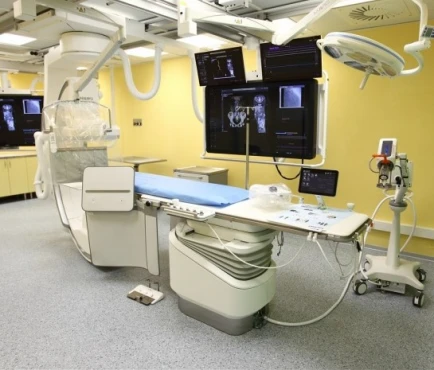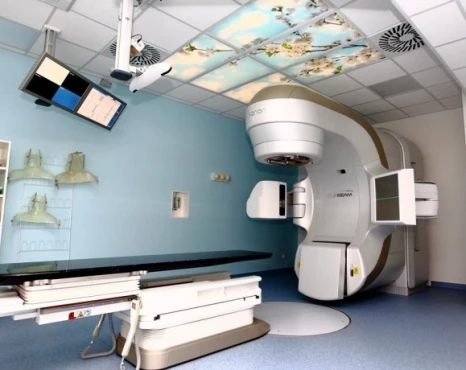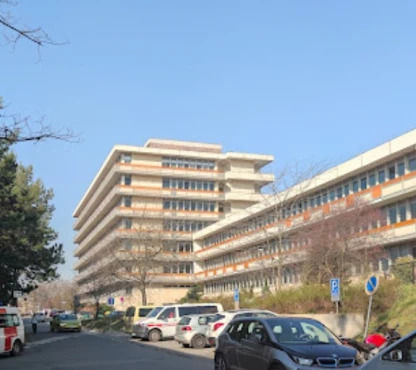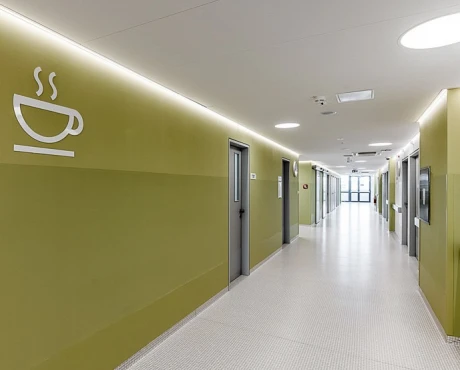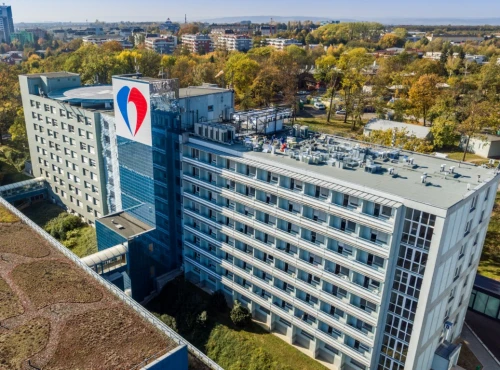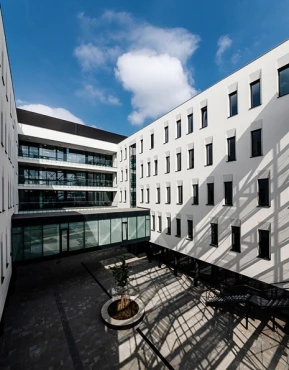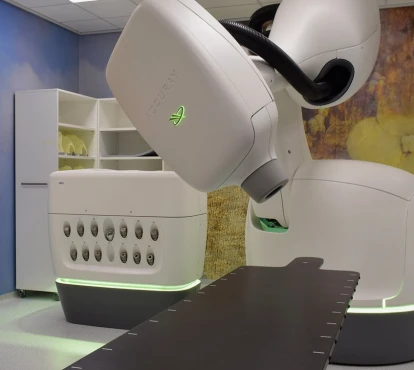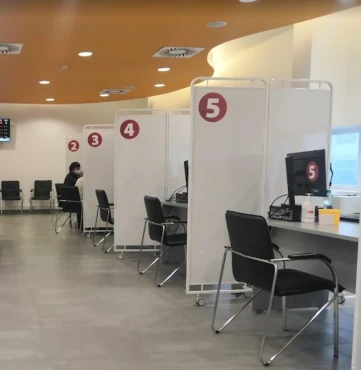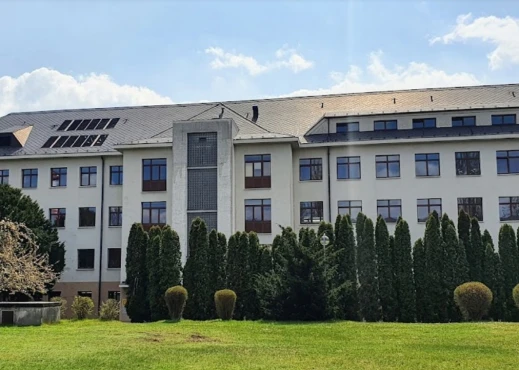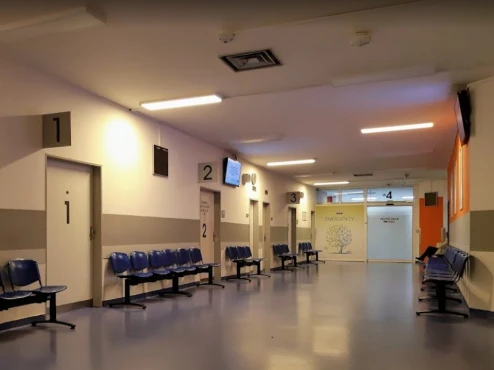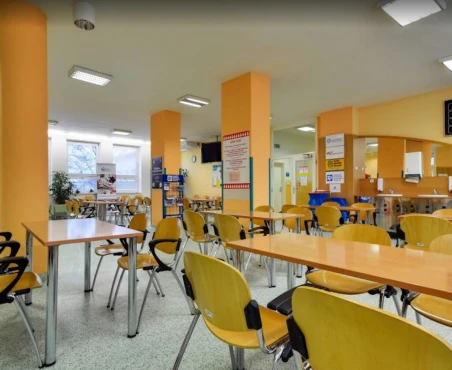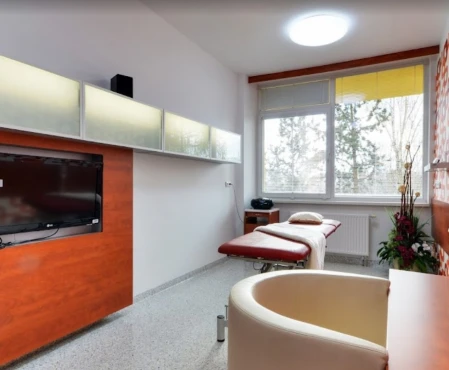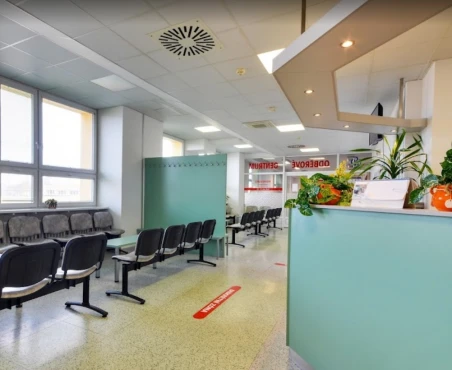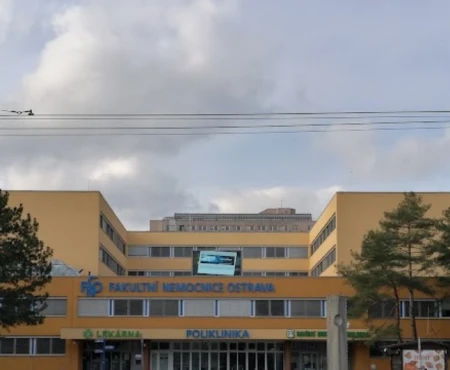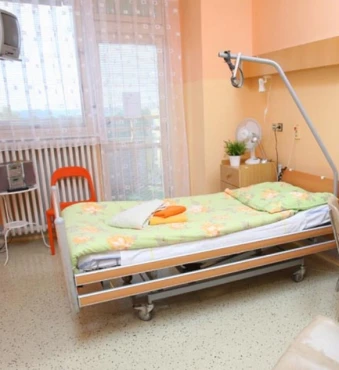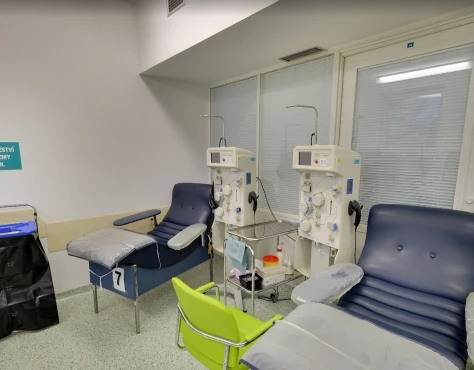Ventricular tachycardia (VT) treatment in 4 Cardiac surgery clinics in Poland
4 clinics specializing in Cardiac surgery providing treatment of
Ventricular tachycardia (VT)
Ventricular tachycardia (VT) is a rapid heart rhythm originating from the heart's ventricles. It can lead to palpitations, dizziness, and fainting. Treatment options include medication, cardioversion, or catheter ablation to restore normal heart rhythm and prevent complications.
Read more...
disease in Poland.
Sorted by:
Relevance
Rating
Relevance
Prices for popular procedures:

Grodzisk Mazowiecki, Poland
Specializations: Cardiac surgery, Vascular surgery, Thoracic surgery, Neurosurgery, Spine surgery, Orthopedic surgery, Oncology
Our top priority is to provide the highest quality medical services. Since the very beginning this had been guaranteed by state of the art equipment
read more
Prices for popular procedures:
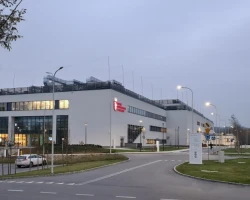
Kraków, Poland
Specializations: Cardiac surgery, Vascular surgery, Thoracic surgery, Neurosurgery, Spine surgery, Orthopedic surgery, Oncology
The University Hospital in Krakow is a leading medical centre on the national scale, with rich longstanding traditions. Its renown has been built over decades
read more
Relevant clinics
Perhaps you should consider the following relevant clinics we have found basing on your Location, Disease filters applied.
Prices for popular procedures:
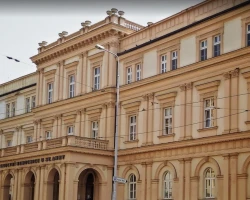
Brno, Czech Republic
Specializations: Cardiac surgery, Vascular surgery, Thoracic surgery, Neurosurgery, Spine surgery, Orthopedic surgery, Oncology
St. Anne’s University Hospital Brno is a state contributory organization established and directly managed by the Ministry of Health of the Czech Republic. University St.
read more
Prices for popular procedures:

Hradec Králové, Czech Republic
Specializations: Cardiac surgery, Vascular surgery, Thoracic surgery, Neurosurgery, Spine surgery, Orthopedic surgery, Oncology
The Hradec Králové University Hospital is one of the largest medical facilities not only in Eastern Bohemia, but also in the entire Czech Republic. Over
read more
Prices for popular procedures:

Prague, Czech Republic
Specializations: Cardiac surgery, Vascular surgery, Thoracic surgery, Neurosurgery, Spine surgery, Orthopedic surgery, Oncology
The Faculty Hospital of Královské Vinohrady (FNKV) is a highly specialized medical facility providing health care in almost the entire range of the medical spectrum
read more
Prices for popular procedures:
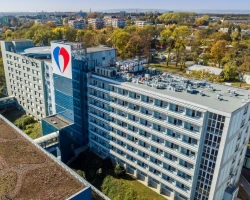
Olomouc, Czech Republic
Specializations: Cardiac surgery, Vascular surgery, Thoracic surgery, Neurosurgery, Spine surgery, Orthopedic surgery, Oncology
Olomouc University Hospital is one of the largest inpatient facilities in the Czech Republic. It is part of a network of nine faculty hospitals directly
read more
Prices for popular procedures:
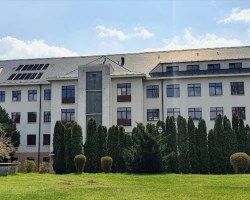
Prague, Czech Republic
Specializations: Cardiac surgery, Vascular surgery, Thoracic surgery, Neurosurgery, Spine surgery, Orthopedic surgery, Oncology
ÚVN is a contributory organization, its founder is the Ministry of Defense of the Czech Republic. It provides comprehensive medical care for adult patients, based
read more
Prices for popular procedures:

Ostrava, Czech Republic
Specializations: Cardiac surgery, Vascular surgery, Thoracic surgery, Neurosurgery, Spine surgery, Orthopedic surgery, Oncology
Ostrava University Hospital is a top hospital and occupies a leading position among medical facilities in the Czech Republic. It is the largest state medical
read more
Clinics grouping by rating
Clinic with the highest rating of 3.6 — Miedziowe Centrum Zdrowia S.A. in Lubin, Poland, clinic with the most reviews number of 609 — University Hospital in Kraków in Kraków, Poland.
Countries with the highest number of clinics treating the diseases:
Ventricular tachycardia (VT):
worldwide
625 clinics
India
39 clinics
Brazil
37 clinics
Germany
35 clinics
Colombia
26 clinics
Mexico
26 clinics
Related procedures:
Procedures are likely to be used for Ventricular tachycardia (VT) treatment:
Cardiac resynchronization therapy with defibrillator (CRT-D),
Catheter cardiac ablation,
Catheter cryoablation,
Change of defibrillator,
and
Electrophysiology study (EPS)
.


